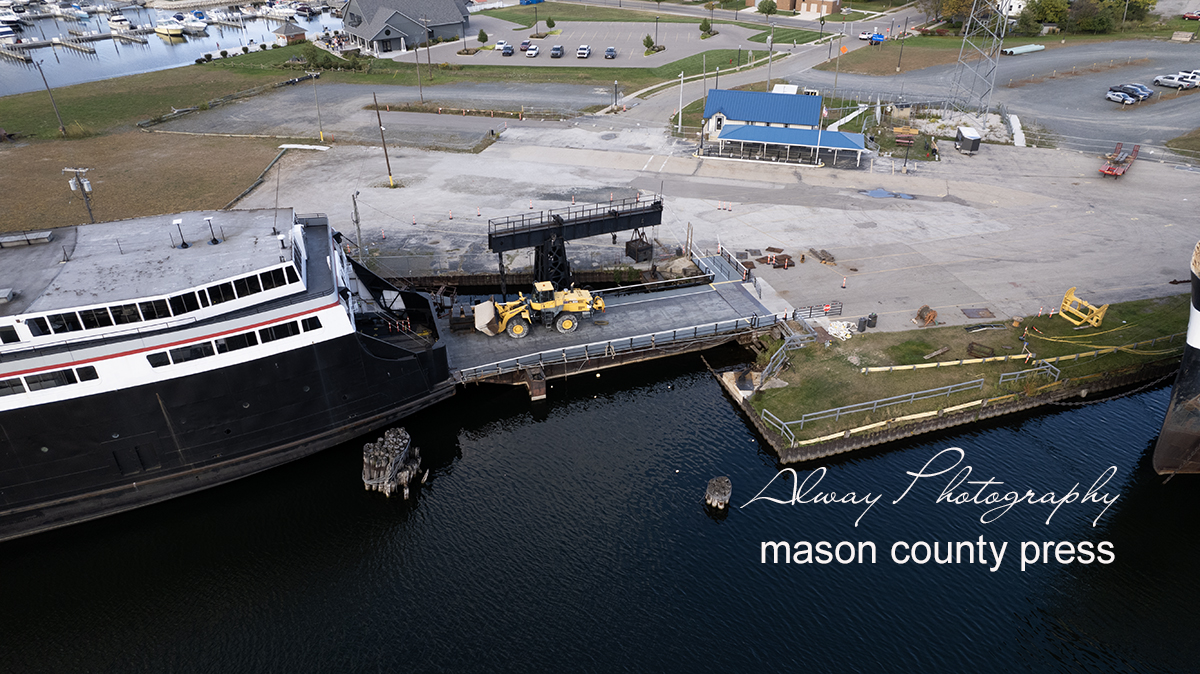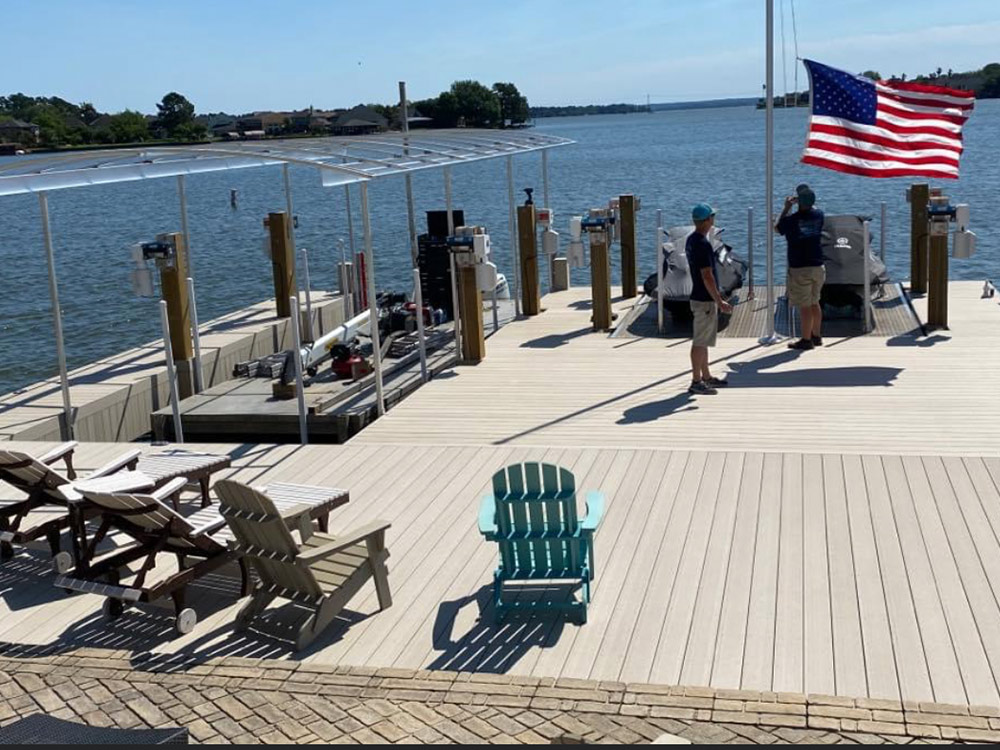Why Routine Upkeep Can Reduce Future Dock Repairs
Why Routine Upkeep Can Reduce Future Dock Repairs
Blog Article
Just How to Address Common Dock Repair Issues for Safe Water Tasks

Identifying Common Dock Issues
Determining common dock concerns is vital for preserving the capability and safety and security of your waterside building. Routine assessments can assist uncover troubles prior to they become extreme, making sure both the durability of the dock and the safety and security of those that use it.
An additional usual trouble is the deterioration of flotation tools. These tools are essential for maintaining the dock resilient, and any damage or punctures can trigger the dock to list or sink. On a regular basis looking for leakages or water logged floats can preempt more considerable concerns.
Furthermore, algae and barnacle build-up on the dock's surface area can create slippery and harmful problems. This biofouling not just poses a risk to users however can also accelerate the degeneration of the dock materials.
Lastly, checking for indications of rust on steel elements is essential. Rust can compromise the integrity of the dock's structure, making it harmful. By regularly determining these usual dock concerns, you can make certain that your dock continues to be functional and protected for several years to find.
Fixing Rotting Timber
When addressing the problem of decomposing timber on your dock, it is important to act promptly to stop further wear and tear. Begin by completely checking the whole structure to recognize all influenced areas. Use a screwdriver to penetrate the wood; if it sinks in quickly, the wood is likely deteriorated and needs immediate interest.
Once recognized, get rid of the deteriorated sections utilizing a saw or chisel. Make certain to cut back to healthy, strong wood, guaranteeing you get rid of all compromised product. After elimination, deal with the remaining timber with a wood preservative to prevent future rot. This therapy will aid protect versus dampness, which is the main root cause of timber degeneration.
Following, replace the gotten rid of sections with marine-grade lumber or pressure-treated wood, which are more resistant to water damages. Secure the new pieces with stainless-steel or galvanized fasteners to stop corrosion. In addition, using a water-proof sealer to the new timber can give an added layer of defense.
Securing Loose Boards
How do you ensure your dock stays useful and secure for all its individuals? One important facet is protecting loosened boards, which can or else posture considerable risks. Loose boards not just boost the threat of tripping yet can additionally jeopardize the architectural honesty of the entire dock.

For reinstallation, make use of stainless or galvanized steel screws, as these products provide exceptional resistance to deterioration in aquatic environments. Ensure the screws are long enough to permeate deep right into the underlying support structure, but not as long that they stick out with the dock's surface area. Pre-drilling pilot openings can help avoid the wood from splitting.
Finally, maintain a normal assessment routine to recognize and resolve any brand-new problems promptly. By protecting loosened boards properly, you add to the total security and longevity of your dock, making it a reputable platform for water activities.
Maintaining Unstable Pilings
Ensuring the stability of unstable pilings is vital to preserving a risk-free and practical dock. Use a level to inspect for upright alignment and ensure they are driven deep enough right into the substratum to offer sufficient support.
If the pilings are located to be unsteady, one effective method for support is the usage of additional bracing. Cross-bracing with treated lumber or galvanized steel can considerably improve security. Support the braces firmly to both the pilings and the dock structure to disperse tons equally.

Routine maintenance and regular reassessment of the pilings' link stability are important to ensuring long-term dock safety and performance.
Replacing Rusty Equipment
Resolving unsteady pilings is simply one element of preserving a dock's integrity; one more critical problem is replacing corroded equipment. In time, direct exposure to moisture and salt can lead to the oxidation and corrosion of braces, bolts, and screws, jeopardizing the entire framework's security. Regular examination for rust is essential, specifically after serious climate or seasonal adjustments.
When rustic equipment is determined, prompt action is required. Begin by picking marine-grade stainless-steel or galvanized equipment, both made to resist the harsh aquatic atmosphere. Make sure that you have the proper tools, such as screwdrivers and wrenches, to securely remove the old, corroded pieces without creating additional damage to the dock.
After getting rid of the rusty equipment, extensively clean the influenced areas to remove any recurring corrosion or particles. Apply a rust-inhibiting guide to revealed steel surface areas before mounting the brand-new equipment. Tighten all components securely to stop future helping other to loosen, and regularly inspect the installations to make certain recurring stability.
Replacing corroded hardware not only expands the dock's lifespan but also dramatically improves the security of water activities. By proactively managing deterioration, you safeguard both the framework and its customers, guaranteeing a pleasurable and secure waterfront experience.
Final Thought
Regular examinations and upkeep are necessary to address usual dock repair service problems and make sure safe water tasks. By determining and fixing problems such as decaying timber, loose boards, unsteady pilings, and rustic hardware, architectural stability and long life can be substantially boosted. The application of marine-grade products and suitable treatments even more strengthens the dock against environmental stress factors. Such aggressive measures add to the overall safety and security and performance of dock frameworks, fostering a secure environment for water-based activities.
Making sure the safety and security of water activities hinges considerably on the appropriate upkeep and fixing of anchors (Dock Repairs). These devices are important for keeping the dock resilient, and any damage or leaks can create the dock to checklist or sink. By routinely determining these common dock issues, you can guarantee that your dock stays useful and secure for years to come
Ensuring the security of unsteady pilings is critical to keeping a useful and secure dock.Normal assessments and maintenance are important to attend check to common dock fixing concerns and ensure secure water activities.
Report this page